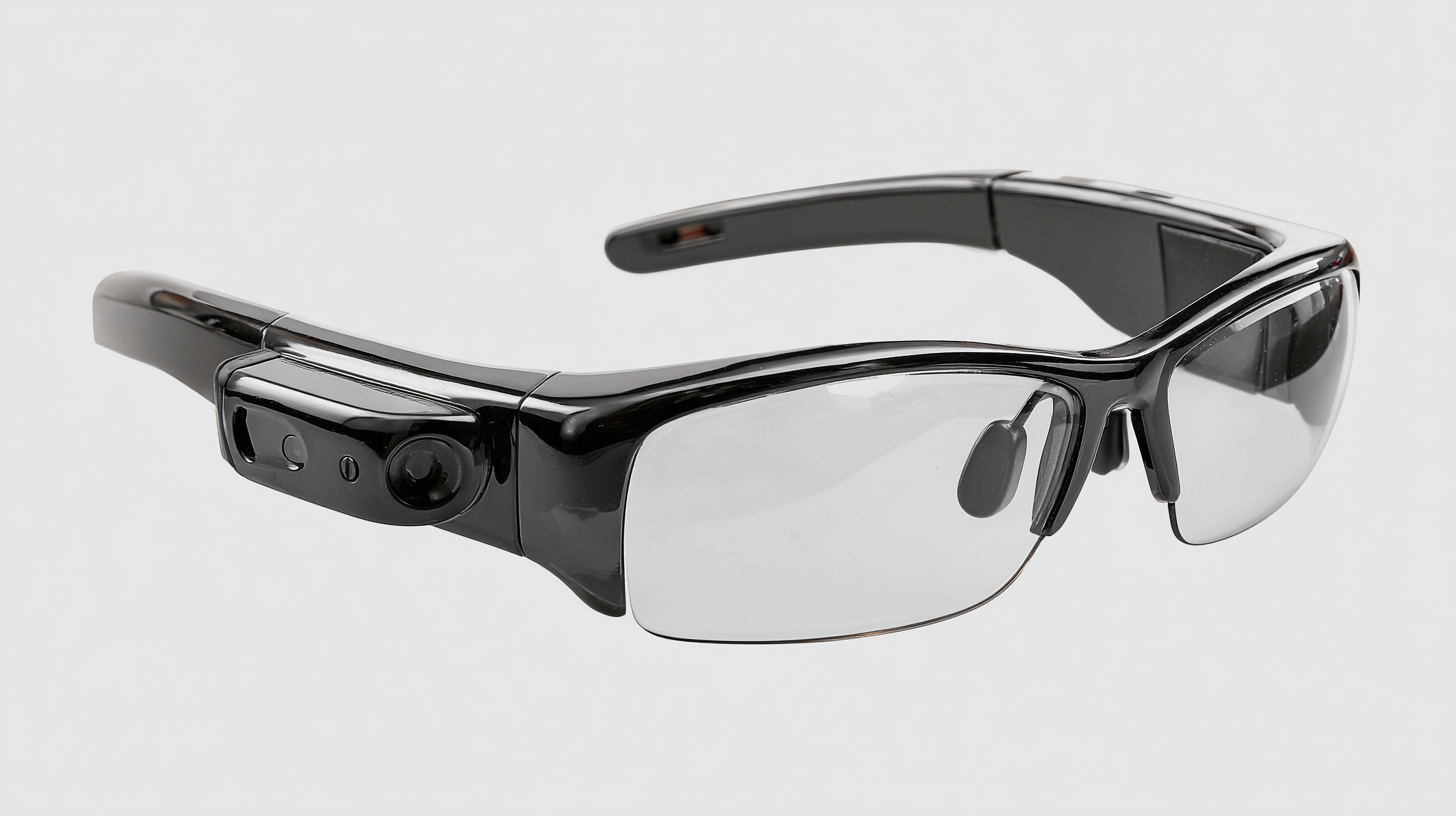 +86-13613020876
+86-13613020876



In the rapidly evolving landscape of wearable technology, Bluetooth eyeglasses have emerged as a groundbreaking innovation that enhances the way users interact with their digital environments. These smart eyewear solutions not only provide vision correction but also seamlessly integrate connectivity features that cater to modern-day needs. As more consumers embrace this technology, it becomes essential for manufacturers and developers to focus on optimizing user experience associated with Bluetooth eyeglasses.

This blog will explore the top strategies for enhancing user experience, discussing ergonomic design, intuitive interface, and augmented functionality, all aimed at making Bluetooth eyeglasses not just a trend but an indispensable part of everyday life.
By understanding user preferences and integrating advanced features, we can ensure that these devices not only meet but exceed expectations, paving the way for a more connected and user-friendly future.
When developing Bluetooth eyeglasses, understanding user needs is paramount. Different demographics have unique expectations and preferences that must be taken into account. For technology-savvy users, features such as seamless connectivity and high-definition audio can drive their purchase decisions. Conversely, older adults may prioritize comfort, ease of use, and battery life. Conducting thorough market research and user surveys can help identify these varied requirements, ensuring the product addresses the specific challenges faced by diverse user groups.
Another essential consideration is the design and functionality of Bluetooth eyeglasses. Users typically seek a blend of aesthetic appeal and practicality. The glasses should not only function well but also look stylish and feel comfortable for extended wear. Additionally, integrating intuitive controls, like touch or voice commands, can significantly enhance usability, allowing users to operate the device effortlessly. By prioritizing these factors, developers can create Bluetooth eyeglasses tailored to meet user expectations, ultimately improving their overall experience and satisfaction.
Designing intuitive interfaces for Bluetooth eyeglasses is crucial for ensuring a seamless user experience. The first step in this process is to prioritize user needs through extensive research and testing. Understanding how users interact with technology in their daily lives can help developers create features that are both functional and easy to navigate.
Incorporating voice commands, gesture controls, and simple touch interfaces can significantly enhance usability, allowing users to operate the device without being overwhelmed by complex menus or settings.
Another key aspect of intuitive design is consistency across the interface. Users should find familiar icons and layouts that make navigation instinctive. Implementing a clear visual hierarchy helps guide the user’s attention towards essential functions while minimizing distractions.
Additionally, providing customizable settings can empower users to tailor their experience according to their preferences, further solidifying engagement and satisfaction. By focusing on creating intuitive interfaces, Bluetooth eyeglasses can deliver an effortless user interaction that complements both the technology and the lifestyle of the wearer.
When it comes to Bluetooth eyeglasses, ensuring comfort and fit is paramount for an optimal user experience. Ergonomics plays a significant role in this equation. Eyewear that conforms to the natural contours of the face not only provides better stability but also distributes weight evenly. This design consideration helps alleviate pressure points that can lead to discomfort, allowing users to wear these innovative glasses for extended periods without fatigue.

Moreover, the materials used in the construction of Bluetooth eyeglasses also contribute greatly to comfort. Lightweight, durable materials such as titanium or advanced polymers can enhance the overall feel of the glasses, making them less obtrusive during everyday use. Additionally, adjustable nose pads and temple arms allow for a customizable fit, catering to individual preferences and different face shapes. By prioritizing ergonomic designs and selecting suitable materials, manufacturers can significantly elevate the user experience, ensuring that Bluetooth eyeglasses are not just functional but also a pleasure to wear.
The integration of smart technology in Bluetooth eyeglasses is revolutionizing the way users interact with their environment. According to a report by Grand View Research, the global smart eyewear market is expected to reach USD 50 billion by 2026, highlighting the rising demand for enhanced usability features. One of the key innovations is augmented reality (AR) integration, which allows users to receive notifications, navigation prompts, and even health tracking data directly in their line of sight. This seamless merging of digital information with the physical world not only increases convenience but also enhances user engagement.
Another significant feature enhancing usability is voice control. With advancements in natural language processing, users can easily interact with their eyeglasses without needing to use their hands. A study by Statista indicates that over 50% of consumers prefer voice-activated devices for efficiency and ease of use. This hands-free experience not only improves accessibility for users with disabilities but also allows for a more immersive interaction with the technology. As the Bluetooth eyeglasses market continues to grow, incorporating these smart features will be essential in creating a compelling user experience that meets the demands of modern consumers.
Providing exceptional customer service is critical for building trust in today's competitive market, especially when it comes to innovative products like Bluetooth eyeglasses. As recent surveys indicate, consumers increasingly rely on online reviews over personal recommendations. This shift emphasizes the necessity for businesses to engage actively with their customers and address concerns promptly. Fast and efficient customer support can significantly enhance user experience and foster loyalty, as customers appreciate responsive solutions that make their lives easier.

Moreover, customer service acts as a cornerstone for establishing a trustworthy brand image. Empowering customer service teams with AI can streamline responses and personalize interactions, thus elevating customer satisfaction. It is vital for companies marketing Bluetooth eyeglasses to approach customer feedback seriously and ensure their service protocols align with consumer expectations. By prioritizing effective communication and demonstrating a commitment to resolving issues, brands can effectively strengthen their reputation and encourage long-term customer relationships.
